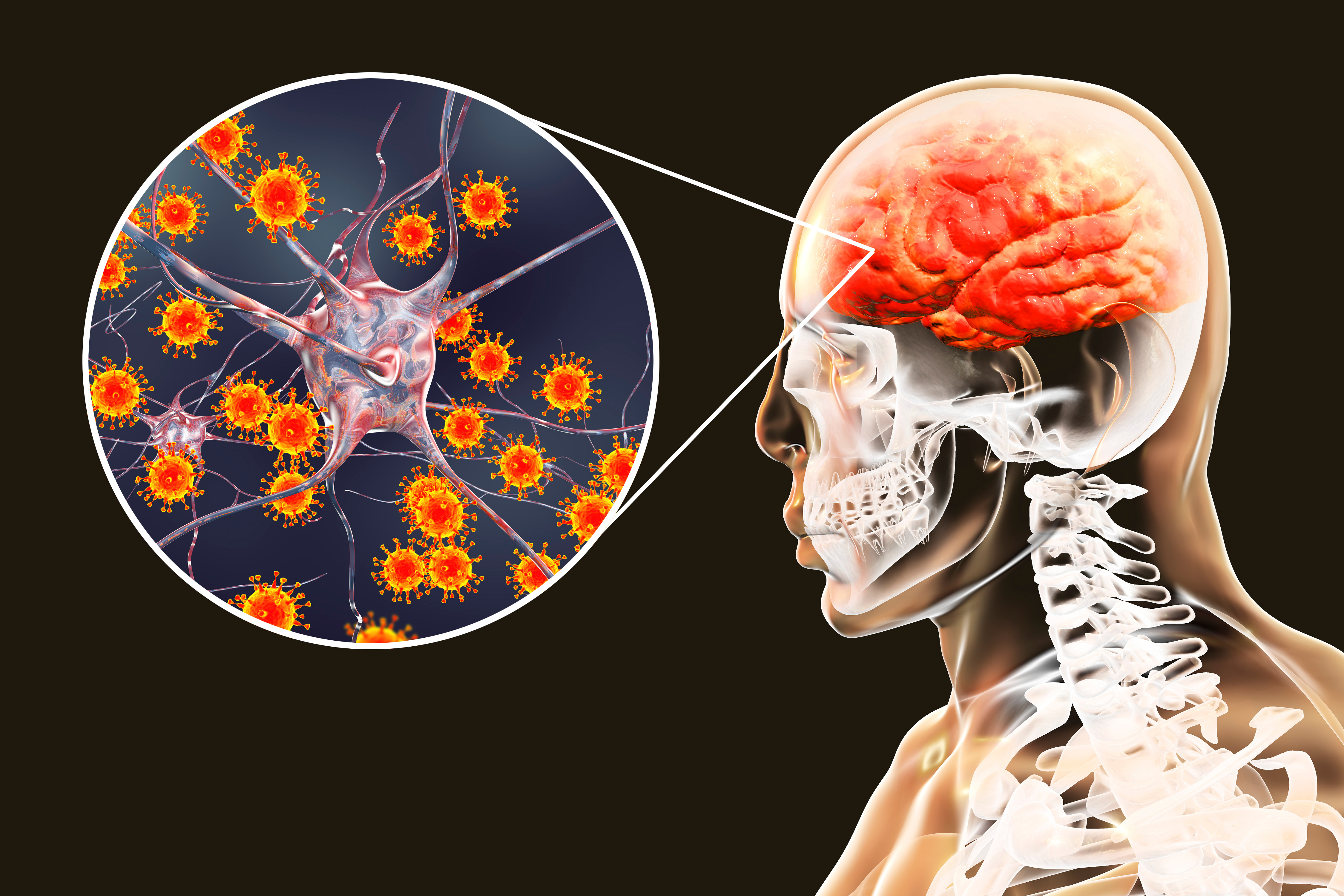The Role of EBV and CMV in Autism

Human Antibodies, vol. 26, no. 3, pp. 165-169, 201
Abstract
Autism is a neurodevelopmental disease that is manifested by a wide range of behavioural disorders. Although the aetiology of autism remains unknown it is suggested that ASD have a complex aetiology, including genetic and environmental factors, which may explain the observed different behavioural disorders in these patients. One of the proposed reasons for autism is a viral infection in the early stages of development. The mechanism by which viral infection could lead to autism is still unclear. Previous studies emphasized the role of family members of Herpes viruses in autism susceptibility. In this study, anti-Cytomegalovirus (CMV) and anti-Epstein-Barr virus (EBV) antibodies in the serum of 45 children with autism and 45 healthy individuals were evaluated. Serum samples were isolated from 5 ml blood of the patients and controls. Sandwich ELISA was used to quantitatively measure antibodies against the mentioned viruses. Results analyzed by SPSS software showed an increased amount of anti-CMV IgG and IgM antibodies in the blood of patients with Autism but not statistically significant (P< 0.05). The anti-EBV IgM antibody in the blood of patients with Autism was not only increased but also statistically significant (P< 0.05), however, the IgG level against EBV in the serum of ASD patients showed no significant difference in comparison to healthy controls. So it can be said that although the mechanisms of viral infection in autism is unknown, probably EBV infection is associated with an increased risk of autism. Read more…
Conclusion
According to the present study, there is a significant increment in the level of anti-EBV IgM in autism patients in comparison to healthy matched controls, while neither anti-EBV IgG nor anti-CMV IgG and IgM antibodies were significantly different between two groups. Altogether, this results could be used as a guide for other studies to investigate the correlation between EBV infection and the ASD disease in larger sample size.


